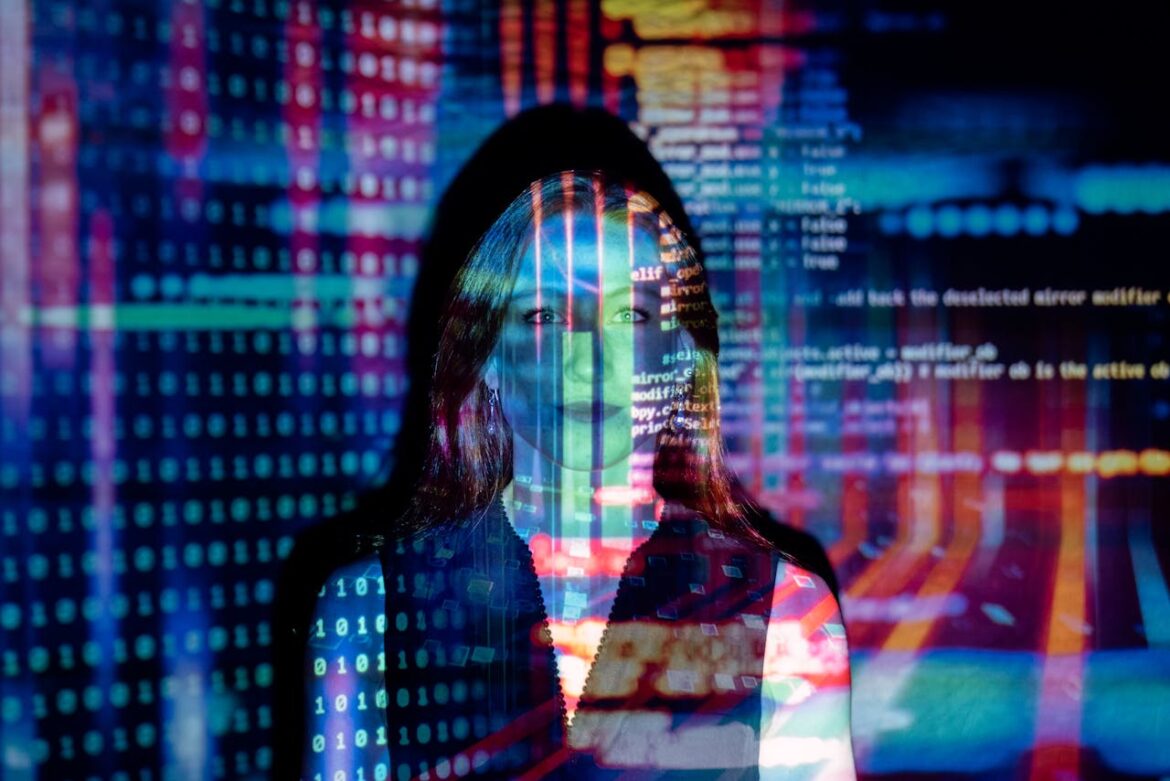Artificial intelligence has moved from being a futuristic concept to a practical tool shaping industries, governments, and even elections. As I look at the political landscape heading into the 2025 election cycle, I cannot help but notice just how deeply AI is becoming a driver of strategy, communication, and even voter perceptions. The role of technology in politics has always been important, but the speed, reach, and personalization of AI tools are transforming campaigns in ways that make previous elections look primitive by comparison.
Campaign Strategy and Data-Driven Decisions
When I examine how campaigns are being run, I see that data has always mattered, but now AI amplifies its impact. In past elections, candidates relied on polling, demographic data, and broad outreach tactics. Now, AI tools can analyze voter behavior patterns in real time, predict the likelihood of voter turnout, and recommend highly targeted strategies that maximize efficiency. This is not just about collecting information but about processing it at a scale no human campaign staff could ever match.
For instance, campaign managers can now simulate thousands of potential scenarios, from economic shifts to foreign policy crises, to see how different responses would affect voter sentiment. This means candidates are not only reacting to events but preparing multiple contingencies with AI-driven foresight. It changes the game from reactive politics to anticipatory politics.
Personalized Voter Engagement
Another major area where I see AI making a profound difference is in voter engagement. Instead of generic campaign ads or one-size-fits-all messages, AI allows campaigns to craft highly personalized communication strategies. Voters might receive tailored messages based on their browsing history, social media activity, or previous voting patterns.
While microtargeting has existed for years, AI’s ability to refine the process is unprecedented. Instead of broad categories like “suburban moms” or “young urban professionals,” campaigns can now identify hyper-specific voter clusters and design narratives just for them. This precision makes political messaging feel more relevant to each individual, increasing the likelihood of voter persuasion and turnout.
Deepfakes and the Threat of Disinformation
As much as I appreciate the potential of AI in elections, I also have to confront its darker side. The rise of deepfakes and AI-generated disinformation has created an environment where truth can be manipulated with terrifying ease. In the 2025 cycle, I anticipate that both authentic and fabricated content will flood digital platforms, making it more difficult for voters to separate reality from fiction.
AI-generated videos can depict candidates saying things they never actually said, while synthetic images and voices blur the line between authenticity and fabrication. The real danger lies not only in people believing false information but also in the erosion of trust. If voters begin to doubt everything they see or hear, the legitimacy of political discourse itself is undermined.
Media Platforms and Algorithmic Amplification
Another aspect I find fascinating is how AI-driven algorithms on platforms like TikTok, YouTube, and X (formerly Twitter) shape which political messages gain traction. These algorithms prioritize content that engages users, which often means controversial or emotionally charged material rises to the top. In this sense, AI indirectly determines which issues dominate the political conversation.
Campaigns are becoming more adept at creating content that fits these algorithmic molds. Short, viral videos and emotionally resonant soundbites are designed not just for traditional persuasion but for platform amplification. This means that AI is not just influencing campaigns directly but also shaping the very ecosystem in which political narratives unfold.
Fundraising and Donor Targeting
I have also noticed how AI is transforming political fundraising. Campaigns can analyze data from previous donations to predict which supporters are most likely to contribute again and how much they might be willing to give. Personalized emails, text messages, and even chatbot-driven outreach make donor engagement more efficient and effective.
AI systems can also identify potential new donors by analyzing networks of affiliations, professional backgrounds, and issue-based interests. This kind of precision targeting allows campaigns to raise funds more quickly and strategically, giving them a competitive advantage over less technologically savvy opponents.
Policy Simulation and Decision-Making
Beyond voter outreach and fundraising, AI is beginning to play a role in policy development itself. Candidates can simulate the potential impact of proposed policies on different demographic groups, states, or even industries. This data-driven policymaking provides a clearer picture of how ideas will be received and what trade-offs might emerge.
By 2025, I see candidates using AI not only to predict electoral outcomes but also to fine-tune their policy platforms in ways that maximize support. While this may improve efficiency, it raises important ethical questions. If decisions are being guided more by predictive analytics than by principles, politics risks becoming less about leadership and more about optimization.
Ethical and Regulatory Challenges
AI’s role in elections cannot be discussed without addressing the ethical dilemmas it presents. How do we balance innovation with the need to protect democratic integrity? Governments and regulatory bodies are struggling to keep up with the pace of technological change.
Some countries are considering rules around labeling AI-generated content or banning the use of deepfakes in political ads. Others are exploring transparency requirements for campaign algorithms. Yet, enforcement remains a challenge, especially in an interconnected digital ecosystem where content spreads across borders in seconds.
Voter Education and Media Literacy
As I think about the broader implications, I realize that one of the most critical aspects of AI in elections is not technological but educational. Voters must be equipped with the skills to recognize AI-generated content, question suspicious sources, and critically evaluate what they consume. Media literacy has become as essential to democracy as free speech itself.
Educational initiatives, nonprofit watchdogs, and independent fact-checking organizations are stepping up to address these challenges. However, the scale of the problem requires coordinated efforts from governments, platforms, and civil society. Without these safeguards, AI’s influence could tilt elections in ways that undermine fairness.
Global Implications
The influence of AI in elections is not limited to one country. In fact, what happens in the 2025 cycle will likely set precedents for future elections worldwide. Nations with advanced AI infrastructure, such as the United States, China, and members of the European Union, are at the forefront of both innovation and regulation.
What concerns me most is the potential for AI-driven interference from foreign actors. Just as Russian disinformation campaigns influenced past elections, new AI tools could allow adversaries to launch more sophisticated and harder-to-detect operations. This elevates election security from a national issue to a global concern.
The Human Element in an AI-Driven Election
Despite the dominance of technology, I believe the human element still matters. Candidates who can connect authentically with voters will always hold an advantage. AI can provide insights and tools, but it cannot replace the emotional resonance of a speech, a handshake, or a genuine story. In fact, the more AI permeates elections, the more voters may crave authenticity as a counterbalance to digital manipulation.
This duality fascinates me: technology pushing campaigns toward precision and efficiency, while voters increasingly value honesty and relatability. Navigating this balance will be one of the defining challenges of the 2025 election cycle.
Looking Ahead
As I reflect on how AI is influencing the 2025 election cycle, I see both promise and peril. On one hand, it offers tools that can make campaigns smarter, more efficient, and more engaging. On the other, it opens the door to manipulation, disinformation, and ethical dilemmas that could erode public trust.
The outcome of this cycle will not just determine political leadership for the next few years; it will also set a blueprint for how democracies interact with AI moving forward. The lessons learned in 2025 will likely influence campaign practices, regulatory frameworks, and voter expectations for decades to come.
In my view, the real question is not whether AI will shape the 2025 elections, it already is, but whether societies can harness its potential responsibly while safeguarding the principles of democracy. That tension between innovation and integrity will define the political era we are stepping into, and it will demand vigilance from every one of us.

